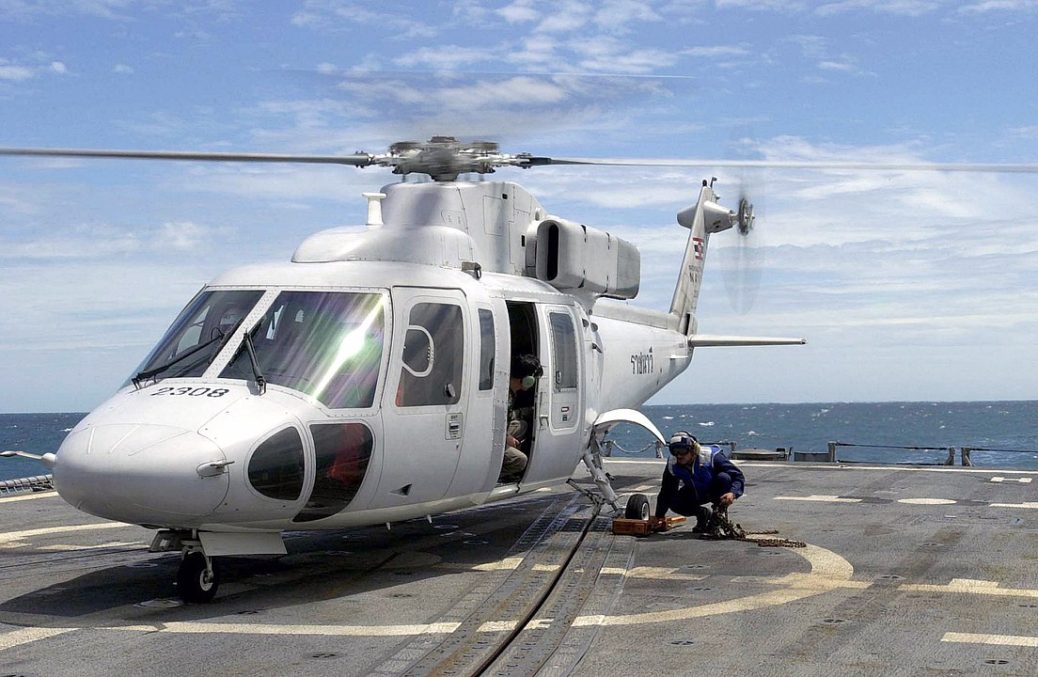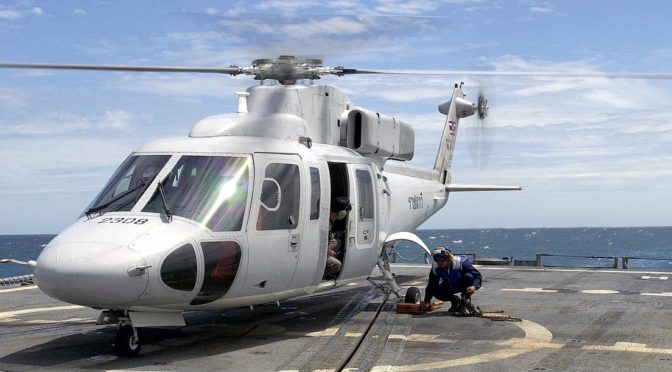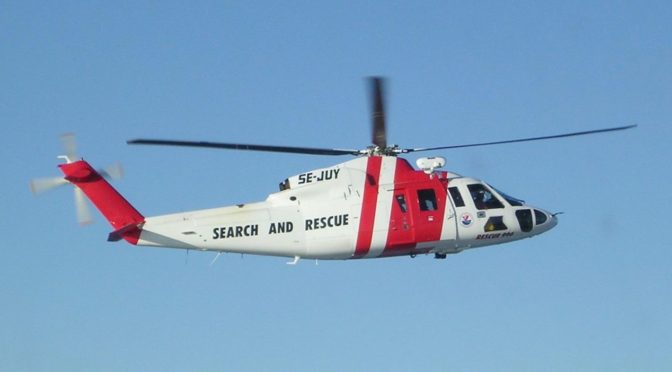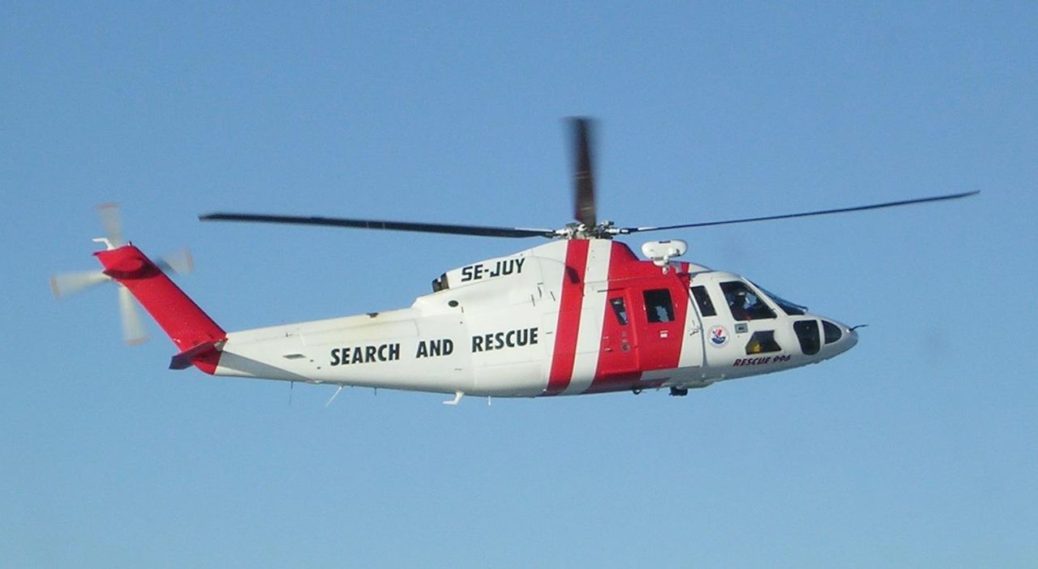
Lately on the Car Crash Detective, we’ve expanded the scope of the site somewhat to issues of aviation safety. In particular, I’ve been taking a closer look at the 2020 Calabasas crash that took the lives of Kobe and Gianna Bryant, John, Keri, and Alyssa Altobelli, Sarah and Payton Chester, Christina Mauser, and pilot Ara Zobayan. Zobayan on January 26th, 2020. My theory behind the analyses is that there’s something to learn from every discipline, and that connections can be drawn between best practices in auto safety and those in aviation safety, including in the risks we undertake when we are unable or unwilling to follow such practices. We first discussed the intersection of experience and expertise, followed by a review of the costs and benefits of safe systems in pilotage and helicopter safety.
As noted the other day, the three principles behind safe road use (individual behavior, vehicular safety, and societal infrastructure) have easily relatable manifestations in aviation safety. You need pilots with expertise in risk reduction, which comes from experience. You need sufficiently safe aircraft (in this case, helicopters) to permit the pilots to reduce risk and effectively aviate (fly), navigate (deduce where they’re going), and communicate (relay positions to air traffic control and ask for assistance as needed). You need well-designed infrastructure (air traffic control) to allow pilots to do all of the things mentioned above without flying into other aircraft.
Today, I want to continue that discussion and application of best practices in one field to another, retaining the underlying belief that at a core level, these principles may be applied to reduce risk in nearly any potentially dangerous environment. This is part of an ongoing series (see part 1 and part 2). With these tenets in mind, let’s take another look at the comment section of this article on the crash from the Daily Mail.
Aircraft chartering and leasing vs ownership – which is done, which is better?
While there are a range of comments in the article, there were a few that particularly stood out to me weeks ago just after the crash. A user called “Manda” responded to a user called “SlingingStickyGoo” who had stated…
$800 million? Wrong. Also, he didn’t own these. Leasing is a better option anyhow. Nobody owns airplanes or helicopters. They are all leased
There are four main positions in SSG’s post above: 1.) Kobe had a lower net worth than $800 million (which was the value quoted in the top comment that I responded to in the previous post in this series), 2.) Kobe didn’t own the helicopter, 3.) Leasing was a better approach to private aircraft use than purchasing, and 4.) No one pursued private ownership.
The first point is debatable. As previously discussed, Kobe’s net worth before his death may have been anywhere between $500 and $770 million; it’s quite possible it may have been more. At any rate, as noted earlier, even using a mid-range estimate $200 million lower than the $800 million estimate, the price of the helicopter would still have been insignificant.
The second point was accurate. Kobe appears to have leased or chartered the helicopter or its services, much as one would lease a car or charter (rent) an Uber, for a number of years. It isn’t clear which he did. What is clear is that he didn’t own it.
The third point is debatable. I’d argue (and did) that it makes far more sense to purchase a vehicle and personally maintain it if it’s important enough to use as a regular form of transportation than it is to rent it and rely on third hand parties for its upkeep. This goes for cars and aircraft alike. I’d make the same argument for the use of full time chauffeurs and pilots instead of chartered ones.
The fourth point is inaccurate. Private helicopter ownership is lower than leasing and chartering, but that doesn’t mean that they are never privately owned. And private airplane ownership is certainly alive and well among the top 1%, and by all accounts, significantly more popular than private helicopter ownership. Forget CEOs and celebrities; physicians buy planes because they’re within reach of their salaries, simpler to fly than helicopters, and offer significantly more speed and range.
With that said, there was a particular response to SSG’s post that I found fascinating and quite on point. And that’s where we’re going next.
He chooses to control what he can [regarding] safety
As noted above, a user named “Mandy” responded to SSG. Here’s what she had to say:
Sling, I disagree. My husband is one of two pilots who fly for a LA millionaire. His is probably half as rich but employees two pilots exclusively. He owns a 20 million dollar plane. Next week it goes into annual maintenance and updates. He chooses to control what he can in regards to safety. Two pilots, his own plane and over 60,000 hours experience between the pilots. Expensive? Yes. But safer than contract pilots and leasing to save a buck. Honestly what difference does the cost make when it is your life and you are writing it off as business expense. 60,000 hours knows when to say No, cant fly this morning.
This is why I wrote today’s article. This post contains an awful lot of wisdom without using an awful lot of words. Let’s unpack it.
First of all, Mindy noted her disagreement with SSG’s fourth point above, and immediately invalidated it through the experience of her husband. She goes on to note that her husband is one of two pilots employed by someone who might well have been a neighbor of Kobe, albeit with half the net worth. Using our prior estimate of $600 million for Kobe, this places the mystery LA millionaire at $300 million. Not too shabby.
What are our mystery millionaire’s expenses?
Next, we learn that he has a $20 million dollar airplane. But he doesn’t lease or charter it. He owns it (as I suggested Kobe could have with his helicopter). As with Kobe, this amounts to a small amount of his net worth: specifically, a $20 million dollar plane is only 6.7% of his life savings. It’s a larger part of his net worth, yes, but it’s the equivalent of having $10,000 in savings and buying a $670 limousine. It’s something you can afford if you aren’t pinching pennies, especially if it’s a form of transportation you use on a daily basis.
His is probably half as rich but employees two pilots exclusively. He owns a 20 million dollar plane.
On top of the vehicle’s cost, he has two full time pilots employed. Mandy doesn’t note that they’re full time, but if they fly him exclusively, this suggests they’re paid sufficiently to work with him exclusively and are available on a daily basis. We’ve looked up pilot costs before, so let’s use those again and estimate $200,000 for a pair of pilots. We also looked up maintenance costs for helicopters, but interestingly, those don’t necessarily apply for business jets, which are more expensive to maintain. A better estimate appears to be on the order of a whopping $4.5 million a year.
Now we’re talking. We’re up to $20 million to buy the jet, $200,000 a year to pilot it with loyalty and redundancy, and $4.5 million a year to keep it in legal and working order. The rolling costs are $4.7 million a year. With our $300 million war chest, that’s roughly 1.6% of our net worth earmarked under “business jet expenses” each year.
That said, while it’s bigger than our Kobe estimates, it’s still not that bad. With a $10,000 net worth, it would mean spending $160 a year on a pair of full time drivers, annual maintenance, insurance, and a private garage.
That’s really not that much money in the scheme of things, particularly if you’re still employed and adding to said net worth. But we’re not done yet.
What you pay the most (or the least) for is experience. Expertise. Judgment.
Two pilots, his own plane and over 60,000 hours experience between the pilots.
This is the crux of the article. Mandy goes on to note that the two pilots hired by the millionaire (one of which is her husband) have a whopping 60,000 hours of combined flight experience.
That is huge.
This is exactly what I talked about earlier–about how expertise was the application of experience, and how the experience of pilots is most commonly measured through flight hours. Remember how Captain Sully, whose expertise led to 155 lives saved, had 20,000 hours of flight time?
This man’s pilots each have 50% more time in the cockpit than he does, presuming they have relatively equal amounts of experience. And in either case, when their hours combine (hello Captain Planet!), they have three times as much experience as a pilot renowned for his exceptional judgment.
Ara Zobayan–Kobe’s pilot–had 8,200 hours. A fellow pilot noted that he was rated to fly through instruments but didn’t have any actual experience flying in clouds. These two pilots have more than seven times as much combined experience as he did. They have almost as much experience when combined as the most experienced pilot in history, Ed Long, who racked up more than 65,000 hours (the equivalent of flying nonstop for more than 7 years and 4 months of one’s life) between the ages of 17 and 83.
Mandy knows the value of experience, and she knows her husband’s boss does too.
Two pilots, his own plane and over 60,000 hours experience between the pilots. Expensive? Yes. But safer than contract pilots and leasing to save a buck. Honestly what difference does the cost make when it is your life and you are writing it off as business expense.
Here she drives it home. The millionaire knows he could be spending less money if he cut corners. He doesn’t have to own the plane. He doesn’t have to maintain it as thoroughly as he does. He doesn’t have to have two pilots with three times as much combined experience as a retired airline captain. But he does spend the money because he values his life. And he values the expertise of the people he hired to keep him alive.
60,000 hours knows when to say No, cant fly this morning.
It is difficult to have judgment without expertise. It is difficult to have expertise without experience. Sixty thousand hours of judgment, of expertise, of experience won’t leave the ground on a suicide mission. That many hours won’t keep going instead of turning around if that’s what’s best. That much time in the air is what you want when the only thing that matters, ultimately, is if you land alive.
Look at the passenger manifest. Hundreds of years of life were lost across those nine souls. Even if we just looked at the three children on board, it’s hard to fathom. The average US female life expectancy at birth is around 81 years. A 13 year old would have been cheated out of 68 years of her life. Two of the girls (Gianna and Payton) were 13 while Alyssa was 14. That’s 203 years gone, simply because the pilot flew beyond his competency and lacked the safety systems in his helicopter that could have helped him when he needed them most.
What do we take away from this?
I think Mandy’s summary of her husband’s boss’ mindset is as good as anything else to take away from this tragedy. Choose to control what you can regarding safety. Do so intentionally. To me, that means following best practices to the best of my ability, whether in how I drive, what I drive, or where I drive.
 If you find my information on best practices in car and car seat safety helpful, you can buy my books here or do your shopping through this Amazon link. Canadians can shop here for Canadian purchases. It costs nothing extra to do so, but when you shop through my links, a small portion of your purchase, regardless of what you buy, will go toward the maintenance of The Car Crash Detective.
If you find my information on best practices in car and car seat safety helpful, you can buy my books here or do your shopping through this Amazon link. Canadians can shop here for Canadian purchases. It costs nothing extra to do so, but when you shop through my links, a small portion of your purchase, regardless of what you buy, will go toward the maintenance of The Car Crash Detective.









